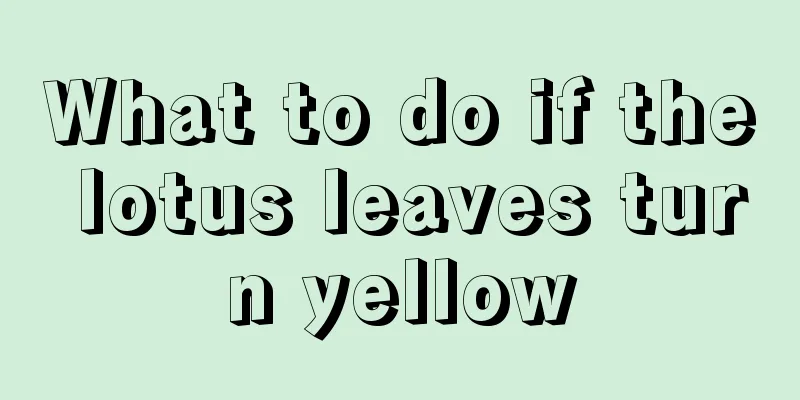Canna Pests and Control Methods

Canna Pests: Leaf RollerssymptomIn summer and autumn, the larvae spin silk to wrap the leaves into rolled or folded leaves. The larvae hide in the leaves and chew the leaf flesh, leaving the veins and upper epidermis, forming a transparent gray-brown film, which then breaks into holes, called "opening a skylight". Although canna is highly adaptable, we must pay attention to the invasion of leaf rollers on canna from May to August every year to avoid damaging the tender leaves and inflorescences. Prevention and treatment methodsIn autumn and winter, overwintering larvae on fallen leaves, in cracks or near buildings should be killed in time. In summer, newly hatched larvae should be killed in time, and the affected leaves should be removed when necessary. You can spray 800 times diluted 50% DDT or 1000 times diluted 50% carbendazim emulsifiable concentrate for prevention and control. Canna pests: banana budwormsymptomThe adult banana budworm will lay eggs on the leaves, tender stems and petioles of canna. When the larvae hatch, they will crawl to the edge of the leaves and bite the leaves. The banana budworm will also spin silk to stick the leaves into a roll shape. In the morning and evening, they will crawl onto the outside of the roll and bite nearby leaves. Plants that are severely infested by banana bract borers will have a large number of leaf bracts and incomplete leaves, which seriously affect the growth and ornamental effect of cannas. Prevention and treatment methodsWhen you find leaves infested by banana bract borers, remove the bracts in time and kill the larvae. Before the larvae hatch and form leaf bracts, kill them with 1000 times diluted 90% dichlorodiphenyltrichloroethane, or spray with 1000 times diluted dichlorodiphenyltrichloroethane in the morning or evening. Canna Pests: CutwormssymptomCutworms are polyphagous pests. The main harm to canna is the larvae, which bite off the stems of the seedlings near the ground, causing the death of the entire plant. Prevention and treatment methodsWhen cutworms are found to be harming canna plants, they can be captured manually or 600-800 times diluted dichlorodiphenyltrichloroethane can be injected into the soil around the roots for prevention and control. |
<<: Common diseases and pests of February orchid and their control methods
>>: Diseases and Pests of Peony and Their Control
Recommend
How and when to plant ice grass
Before cultivating ice grass, you must first sele...
Jasper cultivation method and watering
Jade is a herbaceous plant belonging to the genus...
Medicinal value of roses
Medicinal effects of rose Treating Bad Breath Med...
Is loofah a fruit or a vegetable?
Is loofah a fruit or a vegetable? Luffa is a vege...
How to grow Patchouli
1. Maintenance methods 1. Temperature: Place it i...
Is the pearl spider plant easy to grow?
1. Is it easy to raise? Relatively speaking, pear...
The function and value of avocado
Edible value of avocado Avocado is rich in nutrie...
What fertilizer to use for the fortune tree
The trunk of the money tree is thick and simple t...
Spring maintenance methods for Clivia
Leave the room at the right time In winter, Clivi...
Disease and Pest Control of Viburnum
1. Peak growing season Although the magnolia is n...
Where is the best place for jackfruit to grow?
Where does jackfruit grow? Jackfruit prefers trop...
Breeding methods and precautions of woolly rhododendron
1. Potting soil As for pots, it is generally more...
Common diseases of Teyulian and their control methods
Common diseases of Teyulian: rust The rust diseas...
What vegetables are suitable to grow in April?
April is still spring and there is more rain, whi...
How to plant baby's breath seeds
How to sow baby's breath Choose loose soil In...









